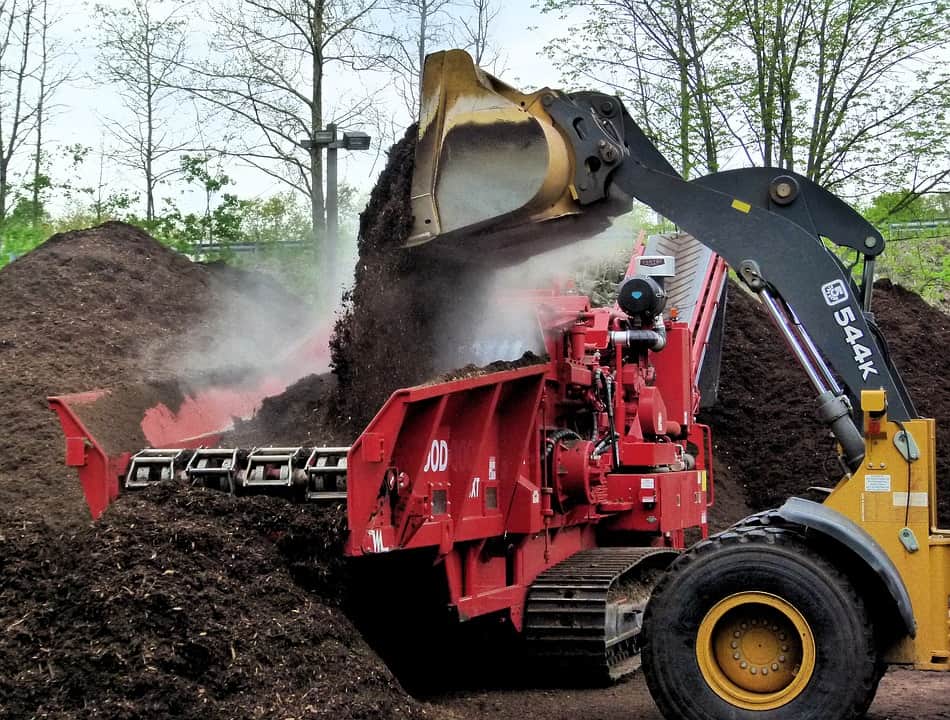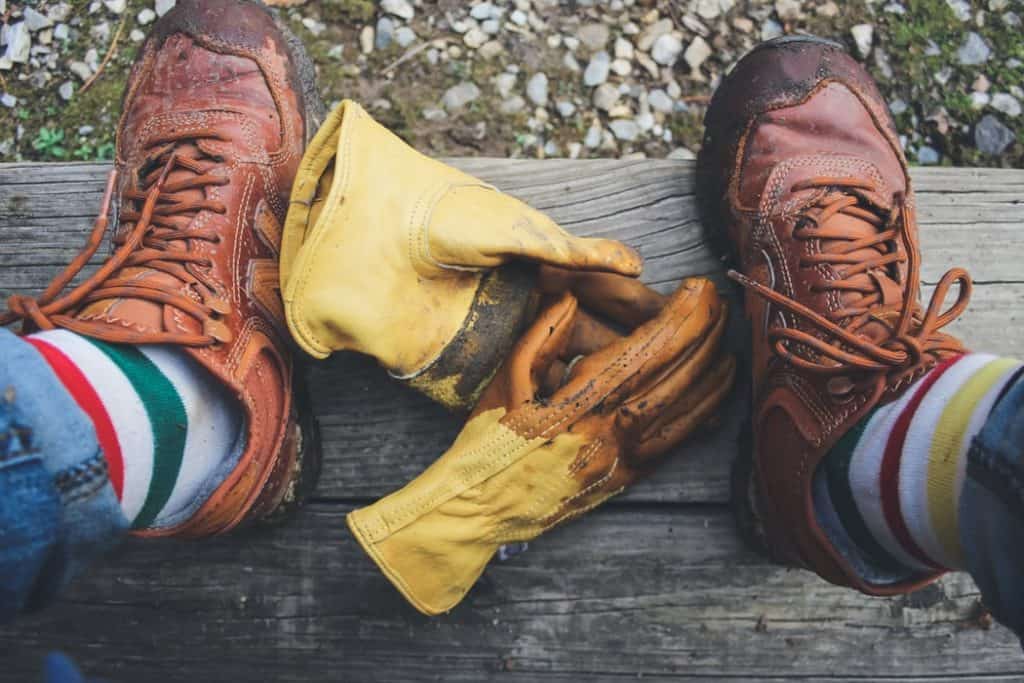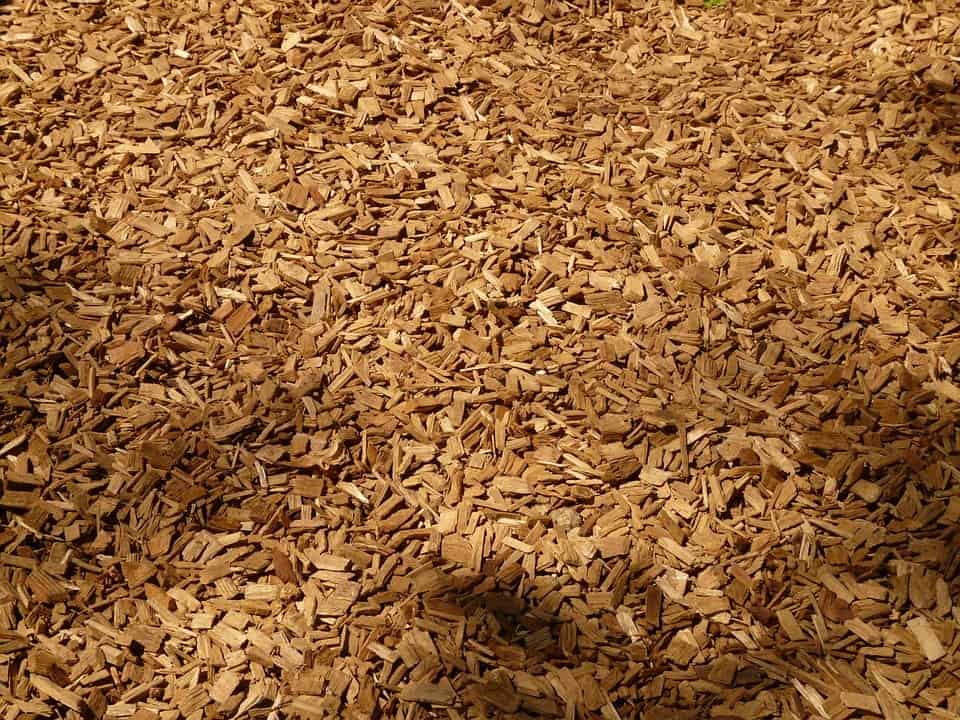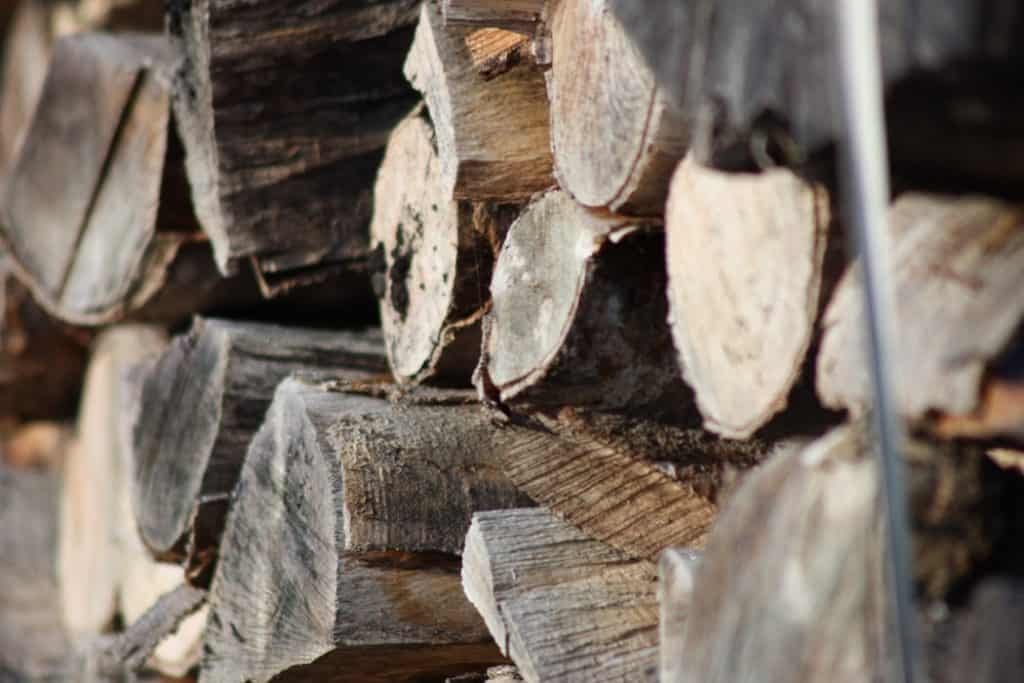A wood chipper is a very useful machine. It gets rid of old fallen trees, unwanted wooden furniture, branches, and pretty much anything that’s wooden. It is used for recycling or industrial or manufacturing purposes. But how does a wood chipper work?
There are different kinds of wood chipper machines. They all function the same way. You can have machines that produce chipping or sawdust. Learn the different types of wood chippers and how they work.

How Does a Wood Chipper Work
There are different types of wood chippers, and they all function almost exactly the same. Depending on the brand, both the use and maintenance of the machines are usually universally similar. It’s understanding how they work and their type that’s important.
The Different Types of Wood Chippers
There are three types of wood chippers that have different purposes. They all shred wood in similar ways, but differently.
- High Torque-Roller: A high torque-roller wood chipper is commonly used for household purposes as opposed to large project industrial use. They are smaller in size. These are relatively quiet as they are run by an electric motor. They are slow in speed and are recommended for small volumes of wood chipping.
- Disc Chipper: A disc chipper on the other hand, uses a stainless steel, high speed disc to shred pieces of wood. These are commonly used for industrial and mass production purposes.
- Drum Wood Shredder: As drum wood shredder gets its name from the drum at the center of the wood shredder. This drum is used to pull the wood in to be chipped. It is also powered by a motor. This is used for large scale chipping jobs.
These types of wood chippers are all effective at doing their job. The choice of which one to buy will all depend on what you need it for.
Safety Tips for Using a Wood Chipper
It’s really important to first learn the safety precautions necessary before learning how a wood chipper works. This can be a potentially deadly machine if not handled the right way. Follow these safety tips to keep both you and your peers safe when using a wood chipper.
- Wear appropriate clothing: A wood chipper is built to pull wood into its blades to be shredded. And it is absolutely crucial that you do not wear anything that’s loose or with excessive fabric. You shouldn’t wear anything that can get caught in the machine as this will pull you in and cause severe injury.
- Wear safety eyewear: With a wood chipper, you’ll find a lot of wood pieces and dust floating or flying all over the place. Protect your eyes as these can be extremely dangerous, and potentially blinding.
- Wear thick gloves: Wear thick gloves to protect your skin from the rough surface of wood. Wearing gloves will help you avoid getting a splinter or cutting yourself.
- Don’t force the materials into the wood chipper: The number one rule you need to learn when figuring out how a wood chipper works, is to never force any materials into it. Your job is to guide the pieces of wood into the chipper slowly. Don’t force it.
- Keep your workspace’s floor clean: The surrounding space around the wood chipper should definitely be as clean and as organized as possible. This is to guarantee you avoid any accidents where you slip or trip around the machine.
- Feed small pieces of wood at a time: Don’t ever force large pieces of wood into the chipper as this can he really dangerous. You need to break your pieces of wood up into small, manageable pieces. This will lessen the chance of accidents occurring.

These safety tips are 100% necessary as they can potentially save your life. Wood chippers are extremely powerful machines that can be deadly when not handled with care. Be as careful as you can when feeding wood into the wood chipper.
How a Wood Chipper Works
How does a wood chipper work? How does it effectively and efficiently shred pieces of wood into sand or shreddings? This is a quick guide on how a wood chipper works.
They Run on Electricity or Gas for Power
Depending on the brand, most wood chippers either run on gas or electricity. The power of the wood chipper, and the volume of wood it can shred per minute, will depend entirely on how powerful its motor is.
This is a quick go-to guide on what type of power source to choose for a wood chipper.
- Electric Wood Chipper – These type of wood chippers are most commonly bought for small scale wood shredding. It’s something you can buy for your everyday home gardening projects. It can only shed branches that are up to 2 inches thick.
- Gas Wood Chippers – Gas Wood Chippers are used for industrial landscaping because they are not restricted by the need of a power socket. These are ideal for large scale landscaping where you are handling larger spaces and larger organic waste to shred.
You can choose to buy either one of these types of wood chippers, depending on what you’ll use it for. If you are already using electric products in your yard, like a highly reviewed electric corded lawn mower, then you’ll already have a power cord in the area. This might make it easy to opt for electric.
However, if you use gas powered tools in your yard, you might opt to stick with this. A good gas powered hedge trimmer, paired with a gas chipper, can make short work of your yard.
But either way, they are both good choices.
The Clutch Controls the Drive Belt
The drive belt turns the blades of the wood chipper. The clutch triggers the drive belt to move if the engine has reached 1,600 rotations per minute.
The clutch triggers the wood chipper to work. It also helps control the speed of the Drive Belt so it doesn’t overheat or lack power to easily cut through the pieces of wood.
If there’s a problem with how your drive belt functions, it’s important to get this checked. Do this before it causes more damage to the rest of your wood chipper machine.
The Impeller Shreds the Pieces of Wood
This is where the real wood chipping happens. The impeller is the part of a wood chipper where the wood meets the blades.

Impellers differ according to how a brand designs it. But these are all the same in that they all have blades or knives. They spin with the power needed to break through the organic material.
Impellers are the most vulnerable area of a wood chipper. They are the most prone to damage and problems. Protect your impeller blades and spinners by being careful with what materials you push through the blades. The safer you are, the longer your impeller will last, and the better its performance will be.
The Fins and the Vent Forces the Shredded Wood Out of the Machine
After being shredded through the blades, the shredded wood is redirected by a fin. It is then blown out of the machine by a powerful vent. This keeps the blade clean from pieces of wood.
Most wood chippers work the same way. Some will need help guiding pieces of wood into the blades. Others use gravity or a drum to pull the pieces of wood through the blades. Either way, their job is to redirect the debris out of the impeller, to guarantee there’s no materials disturbing the spinning of the blades.
Once you understand how a wood chipper works, it’ll be easier for you to understand how to care for this to make it last longer. In addition, this guarantees the best performance every time you use it.
Advantages of Using a Wood Chipper
Unless you know how to fully utilize a wood chipper, you may not know just how many advantages there are in using these often under-valued machines. These are the great advantages of using a wood chipper machine.
- Makes cleaning up your garden easier: If you’re trimming bushes or trees, gardening, or even just cleaning up fallen twigs and branches, you can use a wood chipper to shred the debris into a more manageable material.
- Eliminate the need to burn large wood cuttings: If you need to get rid of a lot of wood on a regular, burning it isn’t the most environmentally responsible solution. It’s a lot better to invest in a wood chipper machine for a more environmentally friendly way to get rid of your wood cuttings.
- Make mulch for your gardening: The chipped wood pieces are the perfect product to create mulch to aid in the growth of your plants in your garden. With just a little patience you can recycle your shredded wood.
You can make the most out of your wood chipper machine by making the most out of the advantages of having one. It’s not just about shredding wood. It’s about having an environmentally cleaner way to get rid of trees and organic waste.
What Materials Can You Shred in a Wood Chipper
As you invest in a great wood chipper, you’d want to be able to shred as many materials as you can with it. This is a list of the appropriate materials that you can shred in your wood chipper.
- Wood: Obviously, this goes without saying. What is important to take note of you should break down your pieces of wood into smaller pieces to not put too much pressure on your wood chipper. Your pieces of wood should be a maximum of 2 inches thick. There are a variety of saws that can help you get your wood into smaller pieces suitable for a chipper.
- Garden Debris: From leaves, twigs, branches, and plant trimmings, you can put any organic material from your garden into your shredder. This is a great way to make mulch for your garden and your plants should grow quicker as a result.
- Paper: If you have a big load of documents you want to get rid of, you can put this through your wood chipper. Just make sure to remove any metal pieces, like a staple, to protect the blades of your wood chipper.
- Cardboard: Like paper, you can also shred your cardboard materials. If your cardboard is particularly thick, rip these into smaller pieces to make it easier for your chipper to rip through the smaller materials.
As much as possible, try to only put materials through your wood chipper that are organic, or will not be hard enough that it can damage the blades.
Learn how using a lawn sweeper can make short work of your yard debris and fallen leaves.
What Shouldn’t Go In a Wood Chipper
As powerful and efficient wood chipper machines may be, they are not completely resilient to damage. There are some materials that you should definitely avoid putting in a wood chipper to guarantee that your machine lasts a long time.

- Pressure-Treated Lumber: This type of lumber is treated with a compound called arsenic. When touched, this lumber is not harmful. But if inhaled, which you will be prone to if you put this through a wood chipper, it is toxic and can cause cancer. Avoid any pressure-treated lumber to be safe.
- Bamboo: Bamboo is an organic material, but it is an extremely tough piece of wood that has the ability to damage or even break the blades of a wood chipper. It is best to avoid bamboo regardless of how powerful you think your wood chipper may be.
- Palm Branches and Leaves: The Palm plant has incredibly fibrous and is a string-like material. This is exactly why you shouldn’t use this in a wood chipper. The stringy material can get tangled like tough hair, and can get stuck in between the chipper’s mechanisms. After you’re done cutting palm branches with your pole saw, dispose of them in other ways.
- Wood with Nails: It’s important that you check that all of the wood you feed into a wood chipper, are free of nails and metal. You don’t want to ruin either your blade, or worse, damage your entire machine with nails or any type of metal for that matter.
- Plastic: Some softer plastics can go through a wood chipper, but its not advised that you do so. There’s a risk of the material getting caught within the mechanism of the blade and affecting how it works. While it can be tempting to use this tool to cut plastic, It’s safer to steer clear of using a wood chipper.
Avoid putting any of these in your wood chipper machine to protect both you and your machine. The safer you are, and the more careful you are with how you use your wood chipper, the longer this machine will last.
Conclusion
There’s a lot that you can do with a wood chipper. So if you asked yourself ‘how does a wood chipper work’, it’s only right to also ask what you can do to make the most out of your wood chipper machine. There’s a lot that you can get out of your wood chipper. It’s time to make the most out of it.